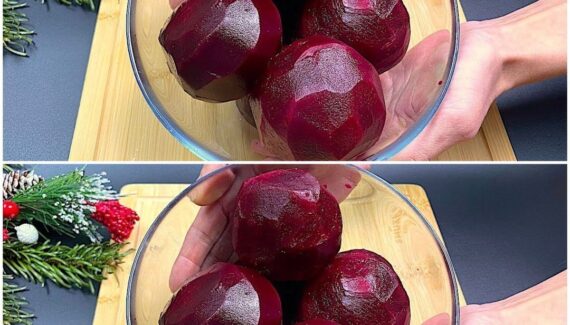
How to Make Sourdough Bread
Step 1: Build Your Starter (If You Don’t Have One)
In a glass jar or bowl, mix equal parts flour and water (about ½ cup each). Cover loosely and let it sit at room temperature.
Feed it daily with the same ratio for about 5–7 days, until it bubbles and doubles in size within a few hours of feeding.
Once it’s active and smells pleasantly tangy, your starter is ready to use.
Step 2: Make the Dough
In a large bowl, mix 1 cup active starter with 1 ½ cups warm water. Stir to dissolve.
Add 4 cups bread flour and mix until a shaggy dough forms. Cover the bowl and let it rest for 30–45 minutes — this is the autolyse phase, which helps the dough hydrate and develop gluten.
Step 3: Add Salt
After resting, sprinkle in 2 teaspoons salt and knead it into the dough. Use wet hands to prevent sticking. Fold and press the dough several times until smooth.
Step 4: Bulk Fermentation
Cover the dough and let it rise at room temperature for 4–6 hours, folding it gently every 30–45 minutes for the first 2 hours.
You’ll know it’s ready when it’s puffy, smooth, and slightly domed.
Step 5: Shape the Dough
Turn the dough onto a lightly floured surface. Shape it into a round or oval loaf by tucking the edges underneath to build tension.
Place it seam-side up in a floured proofing basket or bowl lined with a towel.
Step 6: Second Rise (Proofing)
Cover and refrigerate overnight (8–12 hours). This slow fermentation deepens flavor and strengthens the dough’s structure.
Step 7: Bake
Preheat your oven to 450°F (230°C) with a Dutch oven inside.
When ready, carefully place your dough (seam-side down) onto parchment paper and lower it into the hot pot.
Score the top with a sharp knife or razor to allow expansion.
Bake covered for 20 minutes, then uncover and bake for another 25–30 minutes, until deep golden brown and crisp.
Cool completely before slicing (if you can resist!).
Tips for Perfect Sourdough
-
Feed your starter regularly — an active, bubbly starter is key to success.
-
Use a kitchen scale for accurate measurements.
-
Hydration matters: More water = more open crumb; less water = denser loaf.
-
Patience pays off: Sourdough develops flavor slowly. Trust the process.
-
Store properly: Once cooled, keep the loaf in a paper bag or bread box, not plastic.
Why Sourdough Is Worth the Effort
Sourdough isn’t just bread — it’s an experience. Every loaf has its own personality, shaped by your starter, your hands, your kitchen temperature, and even the air around you.
It’s healthier, too — the fermentation process makes nutrients more digestible and gives the bread a longer shelf life without preservatives.
More than anything, sourdough teaches mindfulness and patience. In a world of instant gratification, it reminds us that some of the best things in life take time — and that waiting can be delicious.









